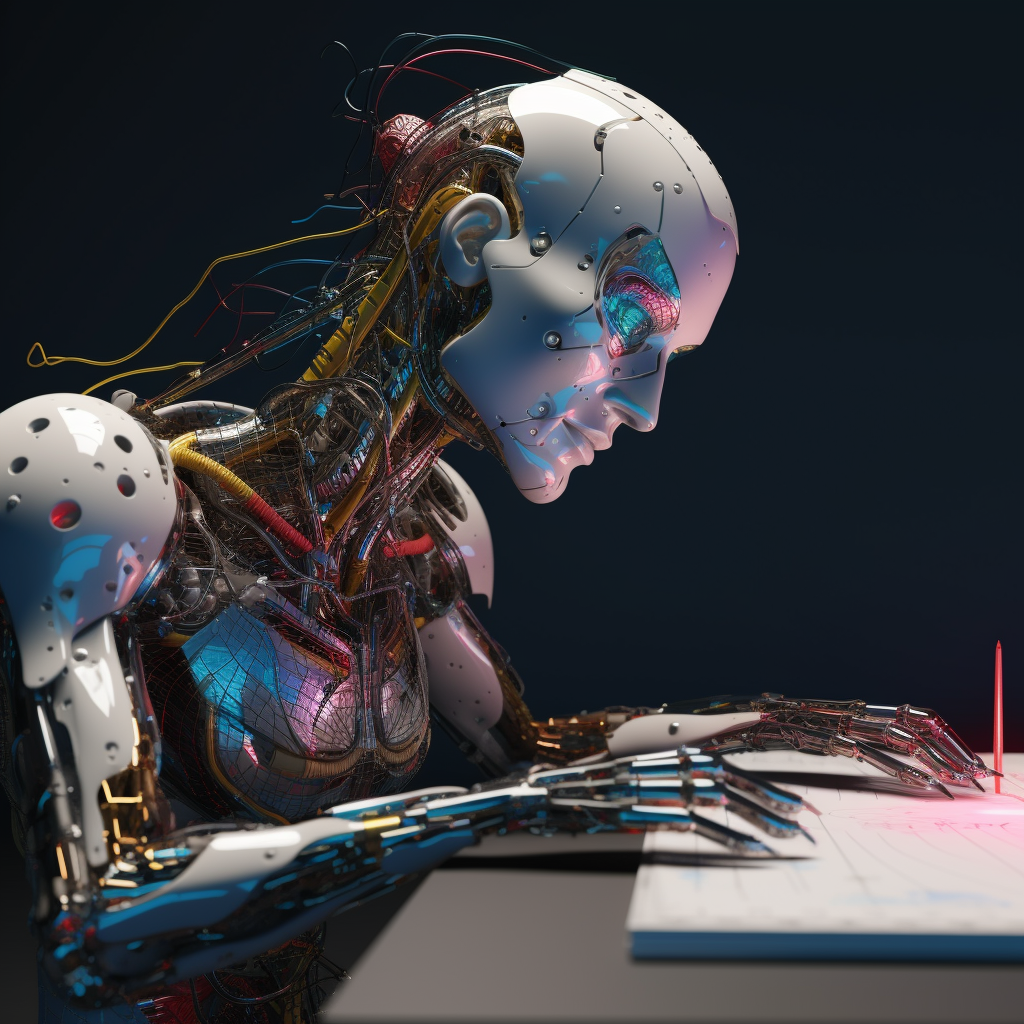June 9, 2023
Unleashing AI’s Potential in Creative Writing – Lessons from ChatGPT’s Encounter with Black Mirror
Book a Demo
The world of artificial intelligence (AI) and its impact on creative industries continues to evolve, and the recent encounter between ChatGPT and Charlie Brooker, the creator of the acclaimed TV series Black Mirror, has sparked intriguing discussions. In this blog post, we delve into the fascinating story of how ChatGPT attempted to write a Black Mirror episode, the insights shared by Charlie Brooker, and the broader implications for AI’s role in the creative process.
In a captivating interaction, Charlie Brooker enlisted ChatGPT, an advanced language model developed by OpenAI, to write a Black Mirror episode. This experiment aimed to explore the capabilities of AI in generating thought-provoking narratives. Brooker posed the challenge, curious to see how ChatGPT would approach the distinctive style and tone of the show.
As ChatGPT presented its attempt at writing a Black Mirror episode, Charlie Brooker weighed in on the outcome. While acknowledging the AI’s creative potential, he expressed his dissatisfaction, emphasizing that the AI lacked the nuanced understanding necessary to capture the essence of Black Mirror. Brooker highlighted the importance of human creativity, intuition, and contextual knowledge in crafting impactful narratives.
The encounter between ChatGPT and Charlie Brooker raises questions about the boundaries of AI in creative endeavors. While AI language models have made impressive strides in generating coherent text, they often struggle to comprehend the intricacies of human emotions, societal nuances, and cultural context. This highlights the unique abilities and insights that human writers bring to the table.
Rather than replacing human creativity, AI can serve as a valuable tool in the creative process. Collaborations between AI and human writers can foster innovation, inspiration, and novel storytelling approaches. AI can assist in generating ideas, exploring unconventional narratives, and enhancing the overall creative workflow, while human writers infuse their expertise, instincts, and emotional depth into the final product.
The interaction between ChatGPT and Charlie Brooker offers a glimpse into the ongoing dialogue between AI and creativity. While AI continues to advance, it is crucial to recognize its current limitations and appreciate the distinct contributions of human creators. The integration of AI as a collaborative tool holds great promise for pushing the boundaries of storytelling and unleashing new realms of imagination. As we navigate this exciting landscape, the partnership between AI and human ingenuity will shape the future of creative industries, ensuring that innovation and artistic expression thrive.
References:



